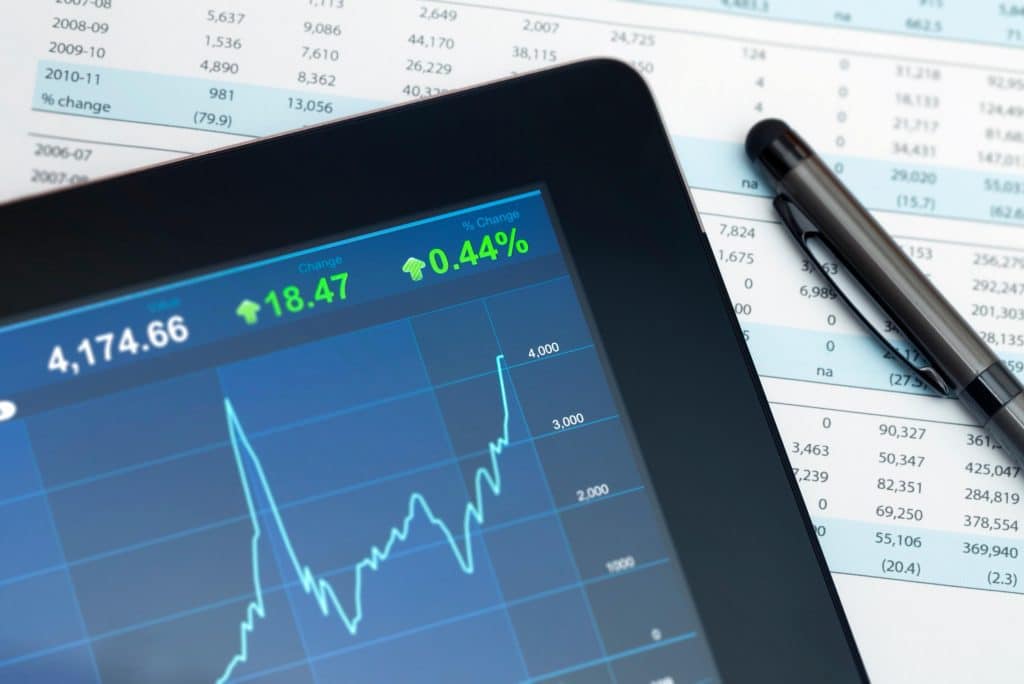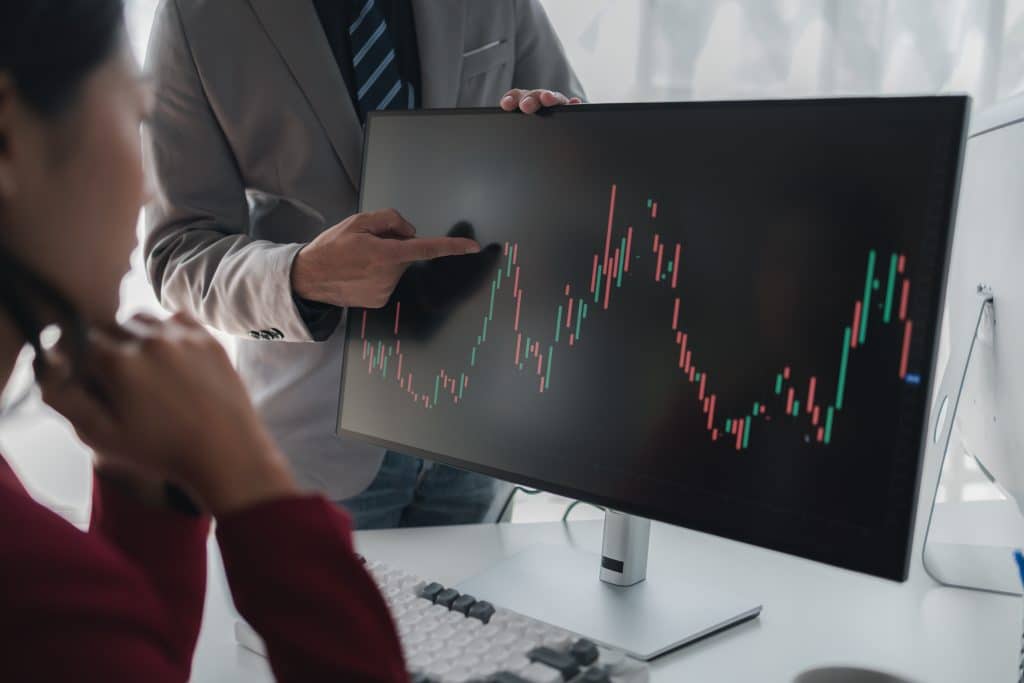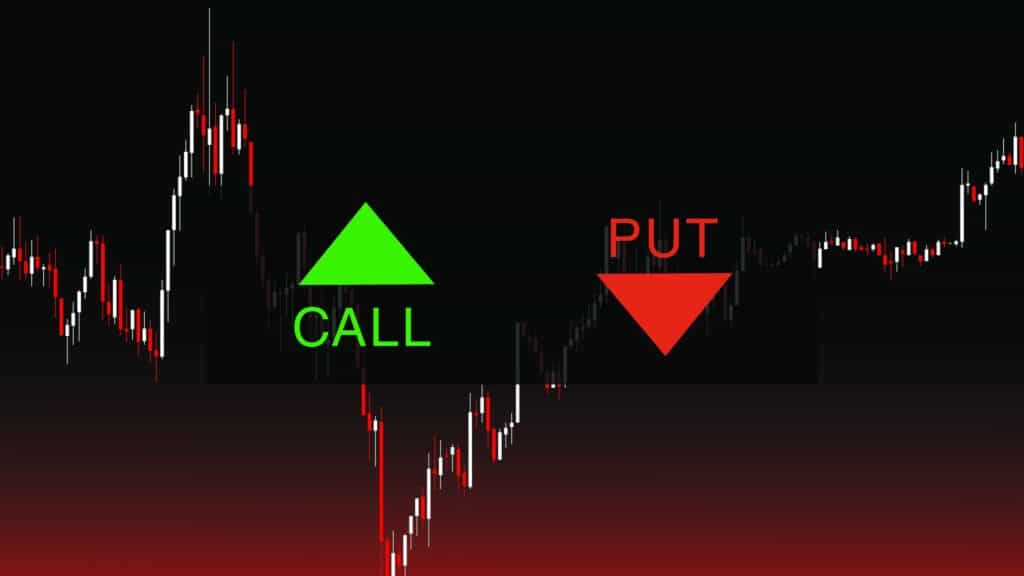S&P 500’s Potential to Reach a New All-Time High
S&P 500’s Potential to Reach a New All-Time High
A Comprehensive Analysis
Understanding the S&P 500’s Historical Performance
The S&P 500 index, established in 1957, has become a cornerstone of the U.S. financial markets. It represents a broad cross-section of the American economy, encompassing 500 of the largest publicly traded companies. Over the decades, the index has weathered numerous economic cycles, reflecting both the challenges and triumphs of the American market.
Significance in the Financial World
The S&P 500 is more than just a number; it’s a barometer of economic health and investor sentiment. Its movements are closely watched by:
- Individual investors planning for retirement
- Fund managers benchmarking their performance
- Economists gauging overall market trends
- Policymakers assessing the impact of their decisions
The index’s performance often serves as a proxy for the overall health of the U.S. stock market and, by extension, the broader economy.
Past All-Time Highs: A Retrospective
The journey of the S&P 500 to new heights has been marked by several significant milestones:
- March 24, 2000: The index reached 1,527.46 during the dot-com bubble.
- October 9, 2007: A new high of 1,565.15 was achieved before the 2008 financial crisis.
- March 28, 2013: The index surpassed its 2007 peak, closing at 1,569.19.
- January 3, 2022: The index hit a record high of 4,796.56.
Each of these peaks tells a story of economic growth, technological advancement, and changing market dynamics. They also serve as reminders of the market’s cyclical nature, often followed by periods of correction or consolidation.
Current Market Dynamics and Influences
The path to a new all-time high for the S&P 500 is influenced by a complex interplay of factors:
Economic Indicators Impacting the S&P 500
- GDP Growth: A robust GDP growth rate typically correlates with stronger corporate earnings, potentially driving the index higher.
- Unemployment Rates: Lower unemployment often leads to increased consumer spending, benefiting many S&P 500 companies.
- Inflation: Moderate inflation can be positive for stocks, but high inflation can erode corporate profits and investor confidence.
- Interest Rates: The Federal Reserve’s monetary policy, particularly regarding interest rates, significantly impacts stock valuations and market sentiment.
Global Events and Market Sentiment
In our interconnected world, events far beyond U.S. borders can significantly impact the S&P 500:
- Geopolitical Tensions: Conflicts or diplomatic issues can create market uncertainty.
- Global Economic Health: Economic slowdowns in major economies like China or the European Union can ripple through to U.S. markets.
- Pandemic Recovery: The ongoing global recovery from COVID-19 continues to influence market dynamics.
- Trade Relations: International trade agreements and disputes can affect the profitability of many S&P 500 companies.
Expert Predictions and Analyses
Market analysts and economists offer varied perspectives on the S&P 500’s potential to reach new highs:
Bullish Arguments:
- Economic Recovery: As the global economy continues to recover from the pandemic, many analysts see potential for strong corporate earnings growth.
- Technological Innovation: The rapid pace of technological advancement, particularly in areas like AI and clean energy, could drive significant growth in key sectors.
- Accommodative Monetary Policy: Despite recent tightening, central banks globally remain supportive of economic growth.
Bearish Concerns:
- Inflation Worries: Persistent high inflation could lead to more aggressive monetary tightening, potentially slowing economic growth.
- Valuation Concerns: Some analysts argue that current market valuations are stretched, making further significant gains challenging.
- Geopolitical Risks: Ongoing global tensions and potential conflicts could create market instability.
Investor Behavior and Market Sentiment
The actions and attitudes of investors play a crucial role in market movements:
Retail vs. Institutional Investor Trends
- Retail Investors: The rise of commission-free trading and increased financial literacy has led to greater market participation by individual investors.
- Institutional Investors: Large funds and institutions still dominate trading volumes and can significantly influence market direction.
Sentiment Analysis
Tools like the VIX (Volatility Index) and various consumer confidence surveys provide insights into market sentiment. Extreme readings in either direction (overly optimistic or pessimistic) can sometimes indicate potential market turning points.
Comparative Analysis with Other Indices
Understanding how the S&P 500 performs relative to other major indices provides context:
S&P 500 vs. Dow Jones and NASDAQ
- The Dow Jones Industrial Average, with only 30 stocks, is more concentrated but often moves in tandem with the S&P 500.
- The NASDAQ Composite, with its heavier weighting towards technology stocks, can sometimes diverge from the S&P 500, especially during tech-driven market movements.
Global Market Comparisons
Comparing the S&P 500’s performance to international indices like the FTSE 100 (UK), Nikkei 225 (Japan), or DAX (Germany) can provide insights into relative economic strength and investor preferences.
Potential Catalysts for an All-Time High
Several factors could potentially drive the S&P 500 to new heights:
- Continued Economic Recovery: Sustained GDP growth and improving employment figures.
- Technological Breakthroughs: Major advancements in fields like AI, renewable energy, or biotechnology.
- Corporate Earnings Growth: Strong and consistent earnings beats across multiple sectors.
- Favorable Policy Environment: Supportive fiscal and monetary policies.
- Global Economic Stability: Reduction in international tensions and improved global trade relations.
Risks and Challenges
Conversely, several factors could impede the index’s climb:
- Economic Slowdown: Signs of recession or significant slowdown in GDP growth.
- Inflation Concerns: Persistent high inflation leading to aggressive monetary tightening.
- Geopolitical Tensions: Escalation of international conflicts or trade disputes.
- Market Corrections: Potential for a significant correction after extended bull runs.
- Sector-Specific Challenges: Issues affecting key sectors like technology or finance could disproportionately impact the index.
Conclusion
The S&P 500’s journey to a new all-time high is influenced by a complex interplay of economic, political, and market factors. While the potential for reaching new peaks exists, it’s crucial for investors to maintain a balanced perspective, considering both the opportunities and risks inherent in the current market environment.
As always, diversification, thorough research, and alignment with individual financial goals remain key principles for navigating the dynamic landscape of the S&P 500 and the broader financial markets.
Further Reading: Deepen Your Trading Knowledge
- Introduction to Options Trading
- Mastering Butterfly Spreads
- The Power of Diagonal Spreads
- The Power of Iron Condors
- The Power of Vertical Credit Spreads
Elevate Your Options Trading Skills
Ready to master trading options? Join our community for in-depth education on options trading, live trading sessions, and expert analysis of options trading strategies. Sign up today to start profiting from market swings using advanced options trading strategies!
Below are the links:
To your success,

Billy Ribeiro is a renowned name in the world of financial trading, particularly for his exceptional skills in options day trading and swing trading. His unique ability to interpret price action has catapulted him to global fame, earning him the recognition of being one of the finest price action readers worldwide. His deep comprehension of the nuances of the market, coupled with his unparalleled trading acumen, are widely regarded as second to none.
Connect with us:






